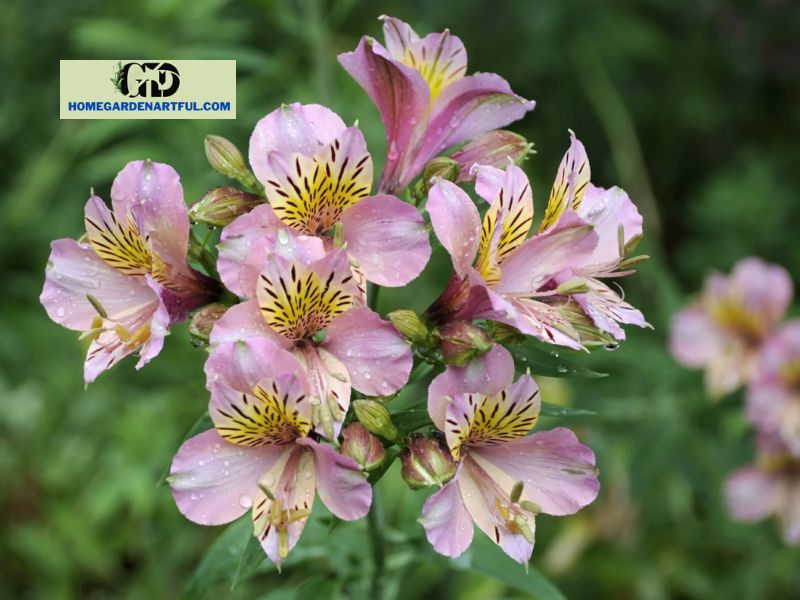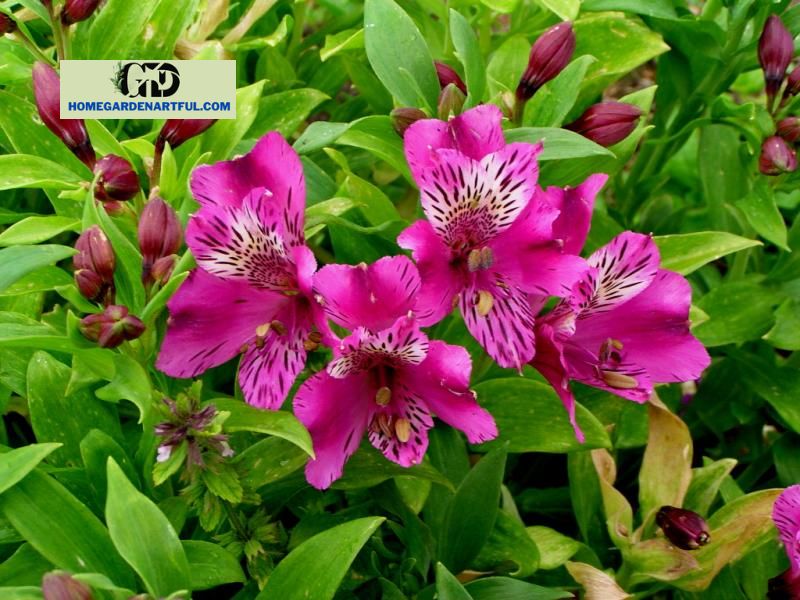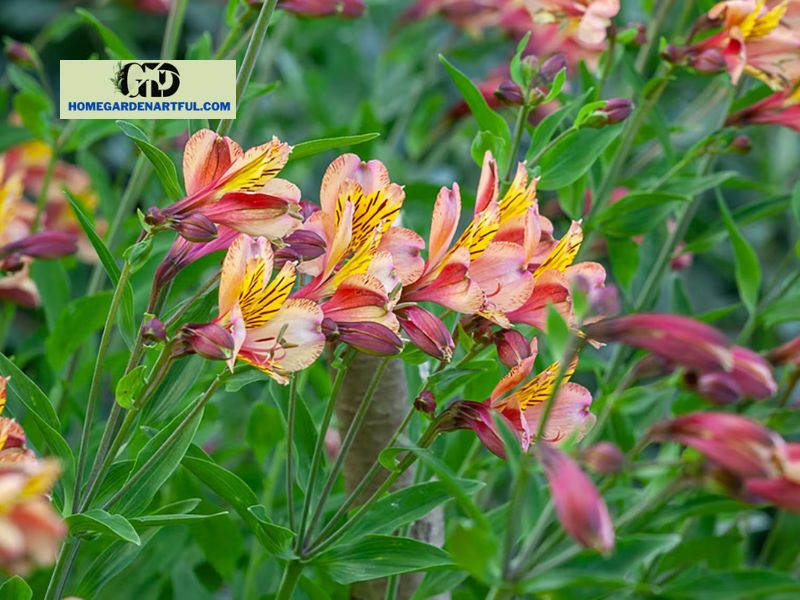Alstroemeria Inca Holland, often known as Peruvian lily and Lily of the Incas due to its South American origins, is a hardy perennial famed for its beautiful and vibrantly colored summer blooms. From July until mid-autumn, the blooms bloom in red, orange, purple, pink, and yellow, as well as softer tones of pink and white.
Alstroemeria Inca Holland blooms bloom in clusters on top of sturdy green stalks and are charmingly patterned and marked on the interior, giving them an exotic and lily-like appearance. Alstroemeria has become popular as a cut flower due to its long-lasting blooms. Alstroemeria has long been a favorite garden border plant due to its hardiness and ease of cultivation. Plant breeders have created many magnificent new alstroemeria types in recent years, including compact cultivars that are ideally suited to growing in pots, with a larger color range and extended flowering features that deliver great garden performance. Bees as well as pollinating insects are also drawn to the Alstroemeria flower. Discover at homegardenartful.com!
How to grow Alstroemeria Inca Holland

Alstroemeria is a resistant herbaceous perennial, meaning that it will exist for many years and will die back to the ground each winter. Plant alstroemerias in the spring to allow them to settle in before flowering, putting them 60 cm apart. Grow alstroemerias in an out-of-the-way location or ‘cuttings patch’ if you have space, like on an allotment.
Where can I plant Alstroemeria Inca Holland?
Alstroemeria Inca Holland looks great on a sunny border with other perennials as well as shrubs, and they go especially well with roses. They can be grown in pots as well. To flower successfully, alstroemerias require full sun and should be grown in relatively good, well-drained soil. Choose a protected location, preferably away from prevailing winds, and amend the soil with organic matter before planting. Use a peat-free, soil-based potting compost in pots.
How to Take Care of Alstroemeria

Water newly planted alstroemerias throughout dry spells until they are established, but don’t over-water because the fleshy roots are prone to rotting. Alstroemerias in pots should be irrigated on a regular basis to keep the compost properly moist. Plants in borders can benefit from occasional thorough irrigation during lengthy dry spells to stimulate flowering. In the summer, apply a high-potash fertilizer, such as liquid tomato feed.
Taller alstroemeria cultivars benefit from staking for supporting flower-laden stems, which can be accomplished with twiggy ‘pea sticks,’ canes and string, or other forms of plant support available for purchase.
Instead of just cutting off the dead head after the blooms have faded, remove the entire stem by carefully pulling it from the base of the cluster – this stimulates new growth.
Picking Alstroemeria Inca Holland as a Cut Flower
Alstroemeria is an excellent cut flower since it lasts for weeks in a vase. To harvest, take the entire stem from the base and trim it so it fits the vase. To keep the flowers fresh, change the water every few days.
How to Grow Alstroemeria Inca Holland

Alstroemeria Inca Holland, like other perennials, develops clumps of roots that get larger with time. Large clumps can be divided after several years, producing new alstroemeria plants for free while also rejuvenating congested plants as flowering begins to decline.
In early spring, divide alstroemerias. Because alstroemerias possess fleshy tuber-like roots that are easily damaged, lift and handle with care, splitting the clump into several pieces as well as replanting promptly into soil that has been enriched with organic matter.
Problem resolution in alstroemeria cultivation
Alstroemerias are simple to grow and rarely have difficulties if grown under the appropriate conditions. Excessive winter moisture can cause the fleshy roots to rot, so make sure your border plants are growing in well-drained soil. Move potted plants to a sheltered location to avoid severe winter rains; when dormant, pots can be laid on their sides if left outside.
Slugs and snails may attack alstroemerias in their early spring growth. Maintain vigilance and, if necessary, use an environmentally friendly barrier or bait.
Frequently Asked Questions
Do alstroemerias regrow every year?
Yes, alstroemerias regenerate each year. They are a hardy herbaceous perennial, which means that their growth dies down to the ground each winter when new growth emerges in the spring.
Do you prune your alstroemerias in the winter?
There is no need to prune alstroemerias in the winter; they will naturally die back to the ground. Eliminate any remaining old stems in the spring, before new growth emerges.
Can alstroemerias grow in the shade?
Alstroemerias need daylight to flower, and while they may tolerate some mild shade, they bloom best in full sun. You should also plant them in a sheltered location to avoid harm to the flower stalks.


